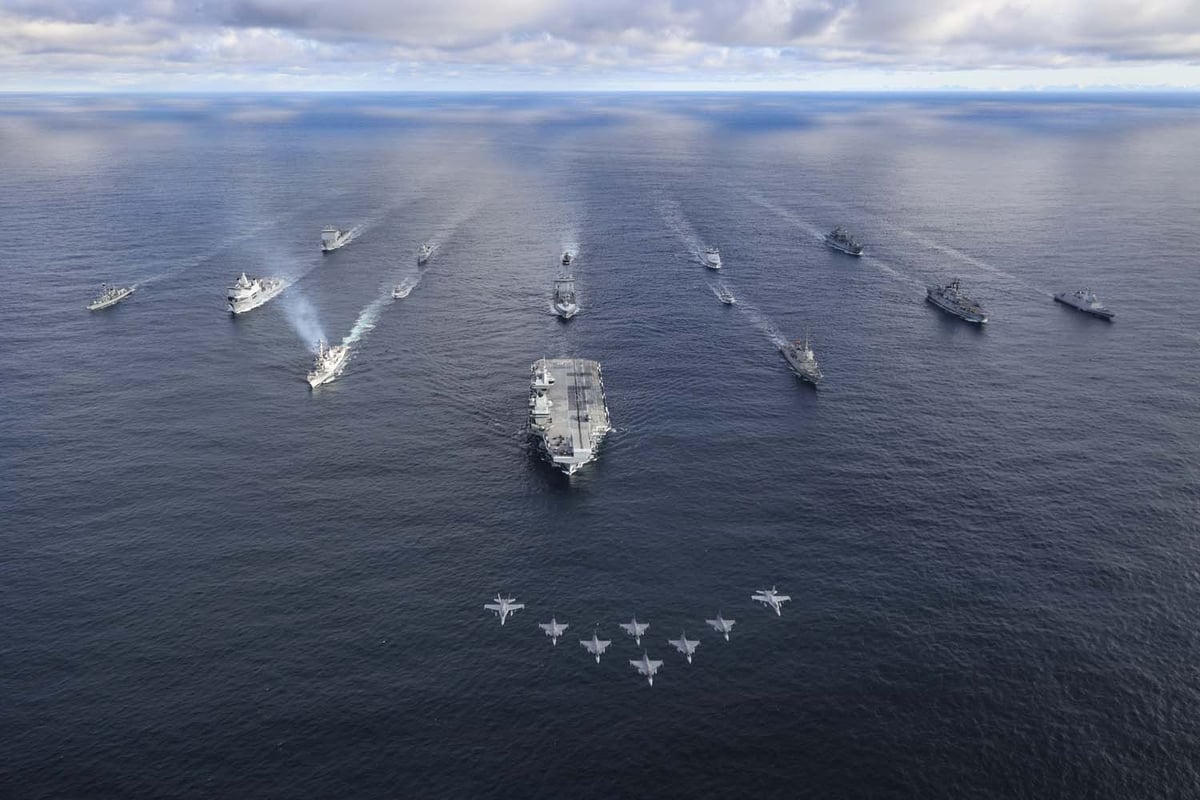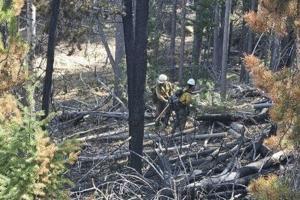Defence Royal Navy: What aircraft will fly alongside HMS Prince of Wales? Carrier Strike Group set for Indo-Pacific op By Freddie Webb Defence Reporter Comment Published 20th Apr 2025, 17:02 BST Watch more of our videos on ShotsTV.com and on Freeview 262 or Freely 565 Visit Shots! now The upcoming deployment to the Indo-Pacific region will be the Royal Navy’s largest operation in years. Sign up to our daily newsletter Sign up Thank you for signing up! Did you know with a Digital Subscription to The News, you can get unlimited access to the website including our premium content, as well as benefiting from fewer ads, loyalty rewards and much more.
Learn More Sorry, there seem to be some issues. Please try again later. Submitting.

.. This site is protected by reCAPTCHA and the Google Privacy Notice and Terms of Service apply.
HMS Prince of Wales , the country’s flagship, will be taking charge of the UK Carrier Strike Group (UKCSG). The formation will be carrying out military exercises and diplomatic drills in Japan, Australia and elsewhere . Titled Operation Highmast, sailors will be leaving HMNB Portsmouth on April 22 .
Large crowds are expected to line the Hot Walls in Old Portsmouth and pack the naval base to see their loved ones leave the city. HMS Prince of Wales will lead the UKCSG through the Red Sea and towards the pacific. Advertisement Hide Ad Advertisement Hide Ad Various British forces will work alongside the 65,000 tonne vessel, as well as international allies.
The (UKCSG) has existed in various forms since the mid-2000s. Its aim is to showcase the capabilities of the British forces, and allow for them to work alongside international allies. Aircraft will be a key feature of the UKCSG, conducting a range of tasks and operations - from protecting ships against other aerial threats to transporting vital supplies.
Here is a breakdown of the aircraft which will be a part of the UKCSG and the Royal Navy’s latest mission. F-35B fighter jets will be pushed to their limits on the HMS Prince of Wales deployment. | Royal Navy F-35B Lightning fighter jets The core component of the aerial capabilities will be the F-35B jets.
Pilots from 809 Naval Air Squadron and 617 Squadron from RAF Marham will operate them. The aircraft is a multi-role combat aircraft which can conduct air superiority and strike missions - complete with its own electronic warfare and intelligence, surveillance, and reconnaissance capabilities. It is capable of reaching speeds of Mach 1.
6 (1,976 km/h), and can perform vertical or short take-off and landing - ideal for operating on a Queen Elizabeth-class aircraft carrier. Advertisement Hide Ad Advertisement Hide Ad According to the RAF website , each jet is typically equipped with two Advanced Air Mobility (AAM) systems. This allows for remote piloting and other capabilities.
Two bombs are usually carried internally on the aircraft, with optional underwing pylons enabling stores carriage up to 15,000lb. During Operation Highmast, the aircraft will be pushed to their limits on full operating capability with two squadrons. Merlin helicopters Aircrewman operating a general purpose machine gun from a Merlin Mk4 helicopter.
| Royal Navy Merlin helicopters are the cornerstone of the Royal Navy air fleet. As described on its website , they allow the force to “flex its airborne muscles”. As part of this, Merlin Mk2 and Mk4 variants are regularly used on large deployments.
The Mk2 is specialised to deal with anti-submarine warfare, although can lend a hand with other tasking such as search and rescue missions, cargo transfers and maritime patrols. Its exterior mounted radar can scope out threats and report them to other parts of the UKCSG. Advertisement Hide Ad Advertisement Hide Ad They are armed with Stingray torpedoes, M3M .
50 Caliber Machine Gun and dipping sonar to help locate and track submarines. Mk4 variants have several modifications to make them suitable for the Royal Marines. A contract to build engines for Royal Navy helicopters has been agreed, bringing high-skilled jobs to Fareham.
Pictured: Merlin Mk2 helicopters of 820 Naval Air Squadron conduct Helicopter In Flight Fuelling (HIFR) and Vertical Replenishment (Vertrep) onboard HMS Queen Elizabeth in 2021. They are equipped with a fast roping beam that allows for the rapid deployment of Special Forces from the main cabin door. It’s considered one of the world’s most advanced amphibious battlefield helicopter, and is used to provide air support to troops on the ground.
Each helicopter has a defensive aid suit to protect it from laser-guided weapons and other threats, Stingray torpedoes and other weaponry. The aircraft can carry up to 24 fully-laden troops. Wildcat helicopters A Royal Navy Wildcat helicopter equipped with the Martlet missile system developed by Thales.
Pic: Ministry of Defence Wildcats operate from frigates and destroyers. Each helicopter has a top speed of 160 knots and is 15m long. Advertisement Hide Ad Advertisement Hide Ad Replacing the previous Lynx MK8 model, the Wildcat’s more powerful engines allow her to be flown in a myriad of weather conditions.
She can be used in various missions such as anti-surface warfare, force protection and counter-piracy - while also having an anti-submarine function. State-of-the-art sensors are also used to scope out targets. They are equipped with a range of weaponry from short-range Martlet Missiles and long-range Sea Venom counterparts to Sting Ray torpedoes and a 12.
7mm M3M Machine Gun. Drones Cutting-edge Malloy T-150 drones will be utilised during HMS Prince of Wales' deployment to the Indo-Pacific region, a nine month operation where sailors will visit Japan, Australia and elsewhere. | Royal Navy Read More "Major milestone" for immense RAF F-35B fighter jets Sign up for FREE Portsmouth News newsletters For the first time on a CSG deployment , un-crewed systems will be used alongside conventional aircraft.
Nine powerful octo-copters, Malloy T-150s, will be operated by specialist personnel to carry food, engineering parts and packages from home around the task group during the deployment. This allows the helicopters more time to be used for sorties and other military drills. Lieutenant Matt Parfitt, a drone flight commander with 700X NAS, previously said the eyes of the fleet will be on them to see how they operate.
Each Malloy T-150 drone has eight rotor blades two feet in length each. They can maintain flight for between 20 to 40 minutes, reach a top speed of 60mph and can lift up to 68kg. Continue Reading Related topics: Royal Navy HMS Prince of Wales Carrier Strike Group Helicopters RAF Comment Comment Guidelines National World encourages reader discussion on our stories.
User feedback, insights and back-and-forth exchanges add a rich layer of context to reporting. Please review our Community Guidelines before commenting..
Health

Royal Navy: What aircraft will fly alongside HMS Prince of Wales? Carrier Strike Group set for Indo-Pacific op

The upcoming deployment to the Indo-Pacific region will be the Royal Navy’s largest operation in years.















